Anne Noble
Umbra
22 September - 21 October 2017
Two Rooms presents Umbra by Anne Noble, bringing together the complete series of works that comprise The Bee Wing Photogram Project. The first of these works were exhibited in France in 2016 in an installation at the Abbaye de Noirlac and titled Bruissement, meaning the sound of a rush of wings or a soft and imperceptible sound, a French word with no precise English translation. Read the full essay by Pauline Autet here.1
French literary theorist Roland Barthes talked about ‘le bruissement de la langue’. He was referring to the rustle of multiple meanings –in language. Noble took this reference to the complexity or multiplicity of meanings in a word – and borrowed it to refer to the musical intricacy of meanings in her forest of bee wings. Similarly, the title of this exhibition, Umbra has manifold readings. The figurative meaning of ‘umbra’, derived from Latin, is shadow or ghost. The astronomical meaning (umbra / penumbra / antumbra) refers to the darkest part of a shadow – when the object (in the case of an eclipse) is shielded from light. A reference to the non visible world alluding to the possibility of poetics to reach beyond the representation of image and language and align both aesthetic and scientific modes of depiction.
This extraordinary series of scroll-like photograms, elegaic evocations forcasting the loss of a species, are made with the wings of dead bees and without a camera. Noble collected the wings from beekeepers whose hives had died from a toxic mix of pathogens, pesticide poisoning, parasites or starvation. She plucked the wings from the bees and laid them on 220 film that she then re-rolled, held in her hands and exposed, letting the light through the gaps in her fingers and imagining her body was the camera. The colours in the images are created by a bluish light source and the colour of the light passing through the flesh of her hands. The traceries of the wings and their looming shadows evoke both a ghostly and angelic presence while also indicating the potential absence of a species.
The photograms are accompanied by seven 3D printed bees resting on small wall plinths that are designed as echoes of the Dead Bee Portraits originally exhibited at Two Rooms in 2015 . Entitled Eidolon, meaning the spectral reappearance of something searching for its own image, these solid white acrylic ‘prints’ articulate the artist’s melancholic concept that this new iteration of the exhibition is an ‘imaginary museum from a future time when the bee no longer exists.’
At the heart of Noble’s practice is the vision of the valuable and critical role that the artist can play in societies pressing debates and the importance of connections that artists can make with scientists and their crucial investigations. She believes that humanity’s psychic connection with the planets biological systems must be restored if we are to extract ourselves from environmental degradation and disaster. She has noted, “We have placed such confidence in the rational processes of observation,measurement and thought. To realise that there is so much complexity in the minutiae of the world and that no single way of seeing can give us anywhere near the richness of understanding we need, creates a new imperative for art on its own terms. “
Anne Noble is one of New Zealand’s most acclaimed contemporary photographers. She has been the recipient of numerous awards including a New Zealand Order of Merit for Services to Photography in 2003, USA National Science Foundation Artists and Writers Award in 2008, New Zealand Arts Foundation Laureate Award, 2009 and a Fulbright fellowship at Columbia College Chicago, 2014. In 2015 Noble won the prestigious Overseas Photographer award at the 31st Higashikawa Awards, Hokkaido, Japan. She is Professor of Fine Arts at Massey University, Wellington and a beekeeper.
- Autet, Pauline. “Singing with Bees.” Contemporary HUM, 8 Dec. 2016 www.contemporaryhum.com/singing-with-the-bees
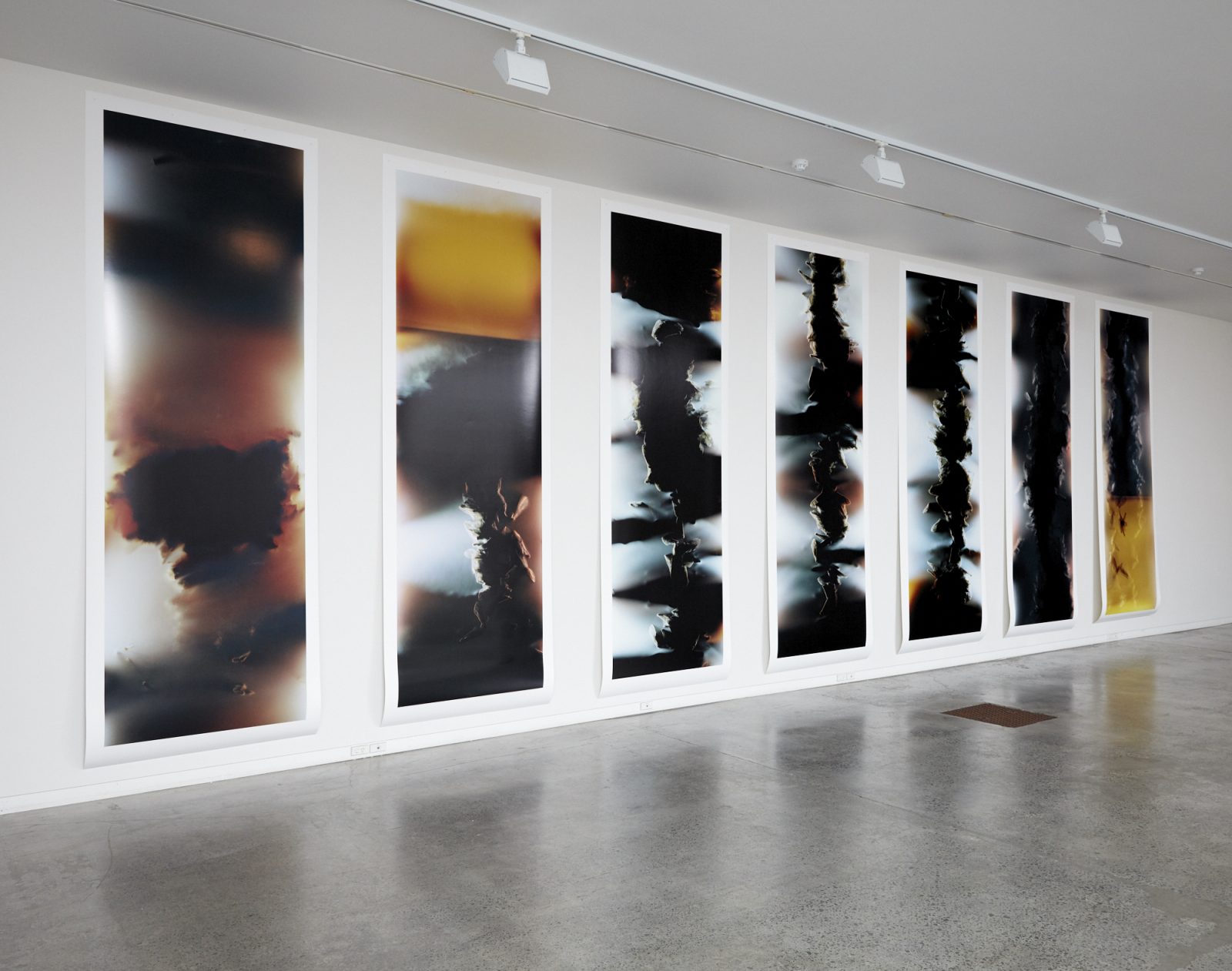
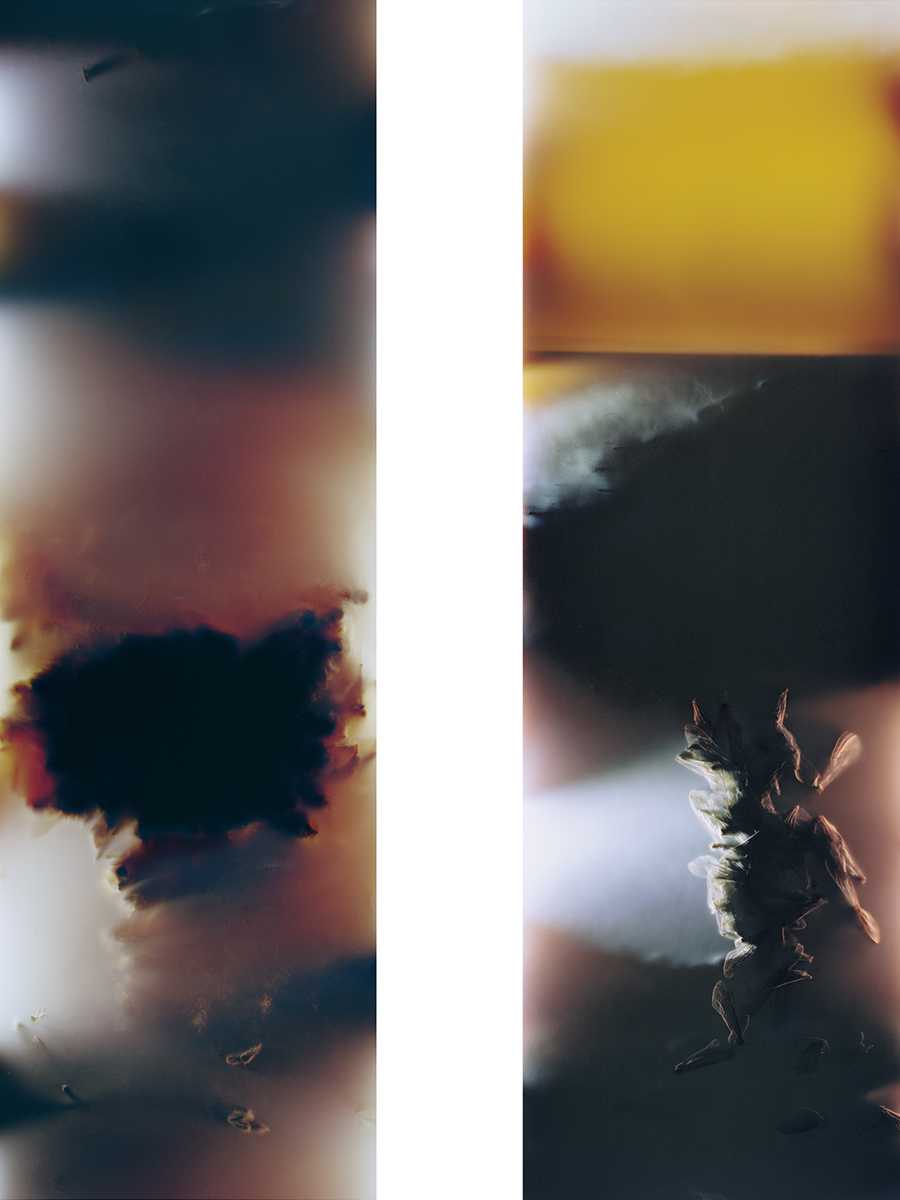
Canson Baryta Paper
1115 x 3200 mm each
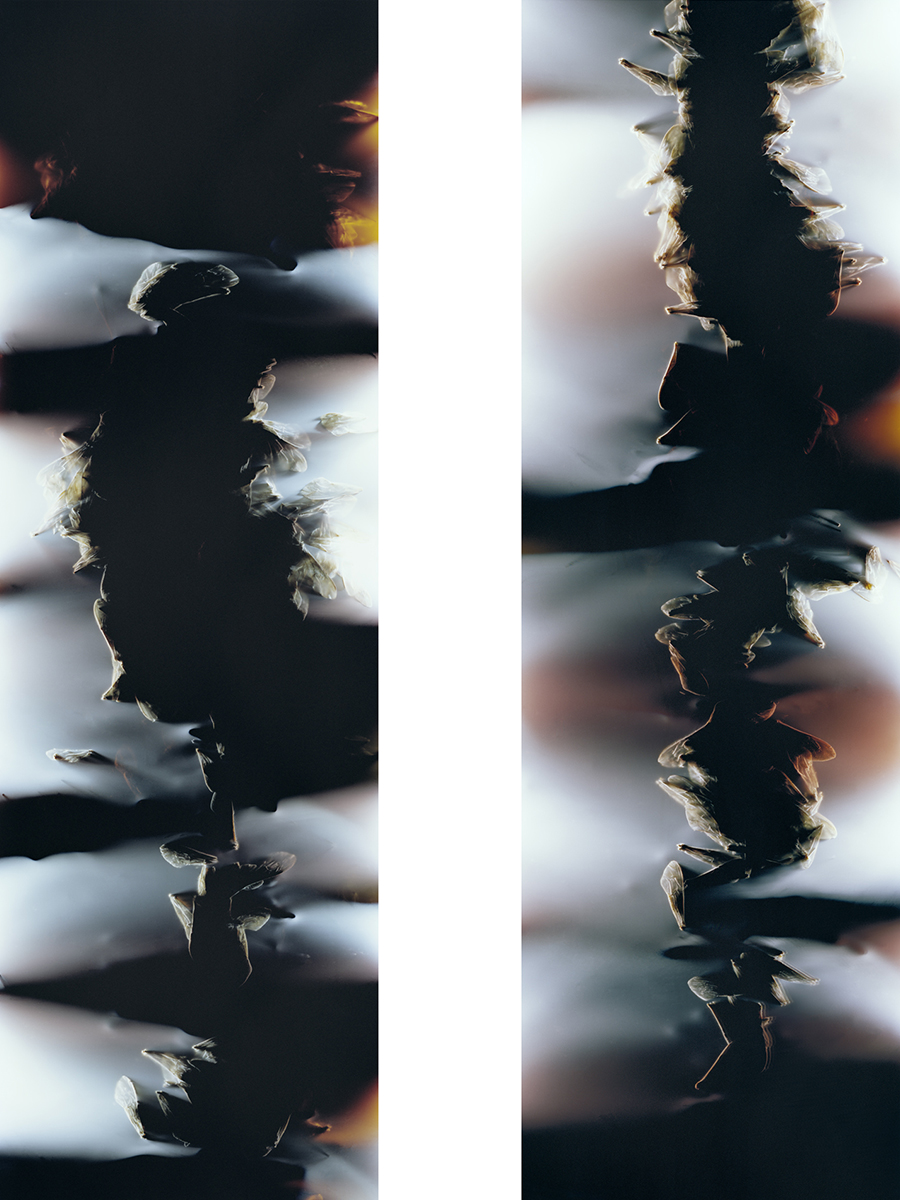
Canson Baryta Paper
1115 x 3200 mm each
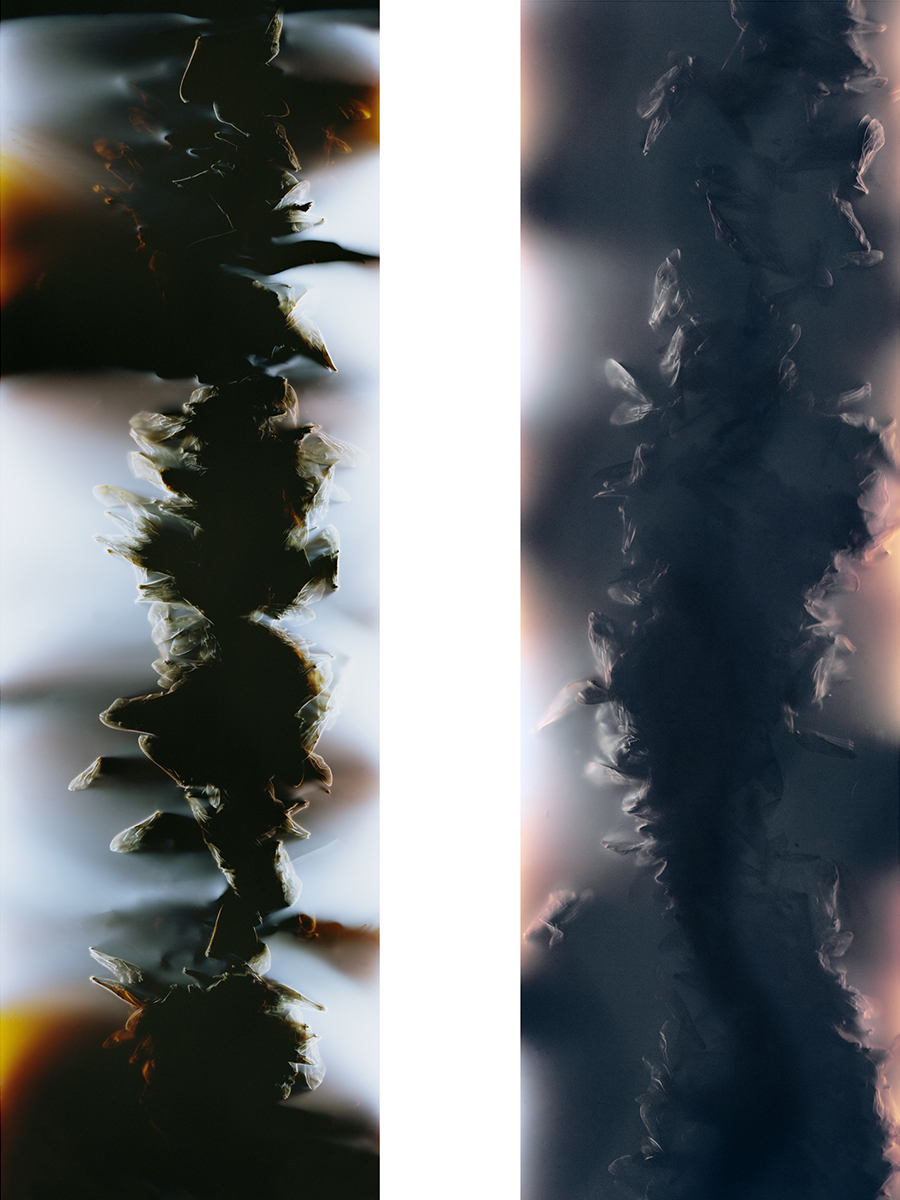
Canson Baryta Paper
1115 x 3200 mm each
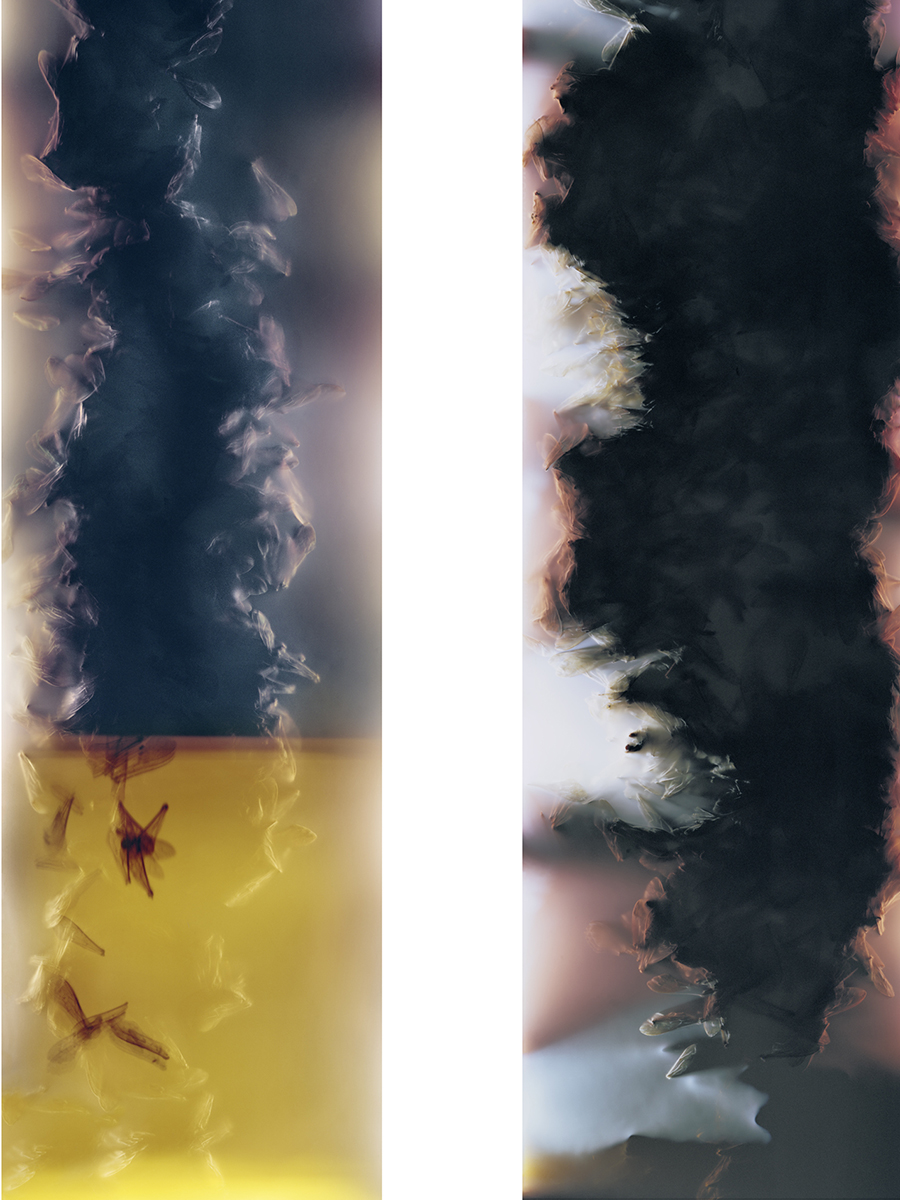
Canson Baryta Paper
1115 x 3200 mm each

Canson Baryta Paper
1115 x 3200 mm
Edition of 10
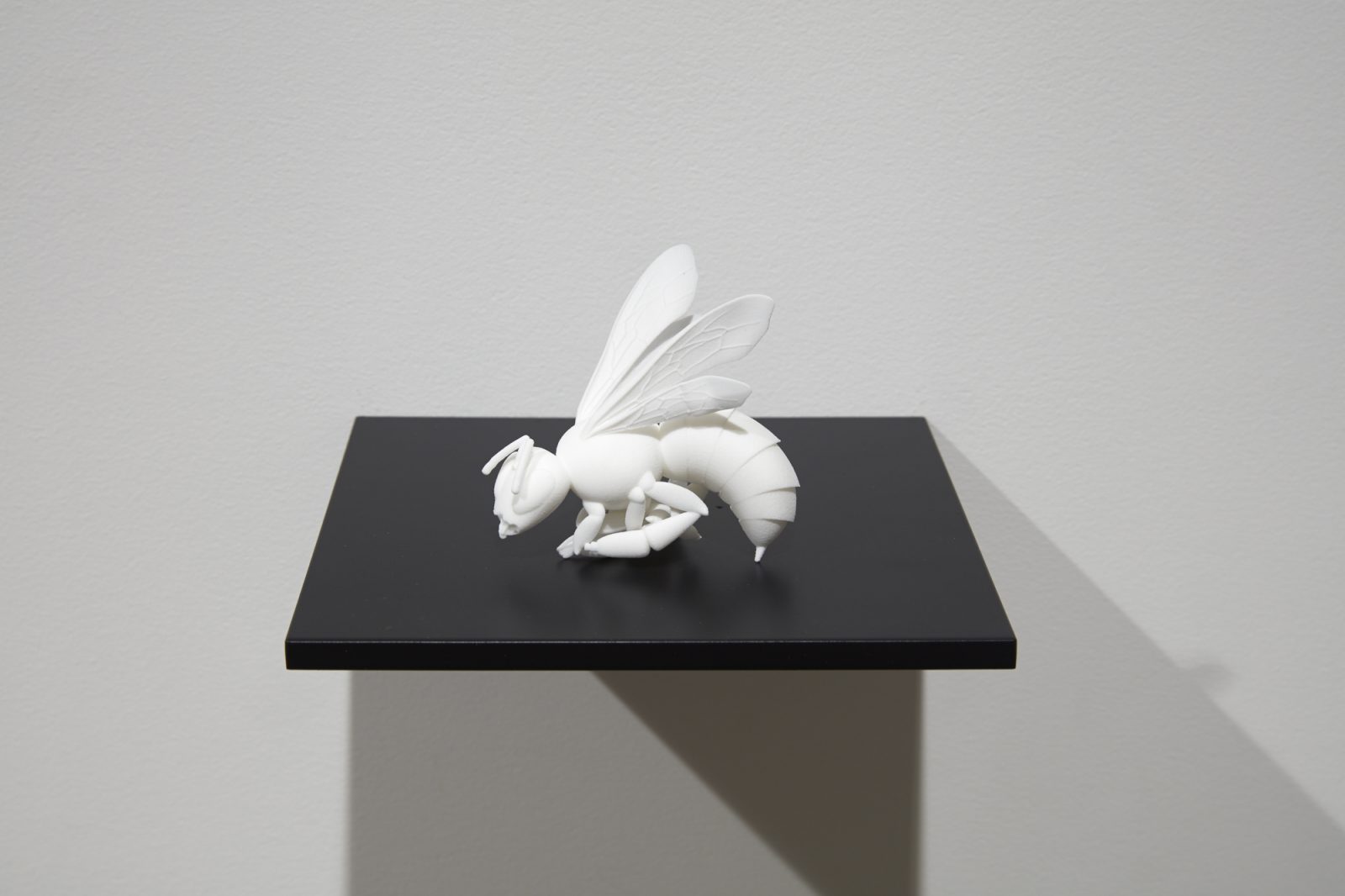
3D printed acrylic bee on shelf
200 x 200 x 200 mm
Edition of 5
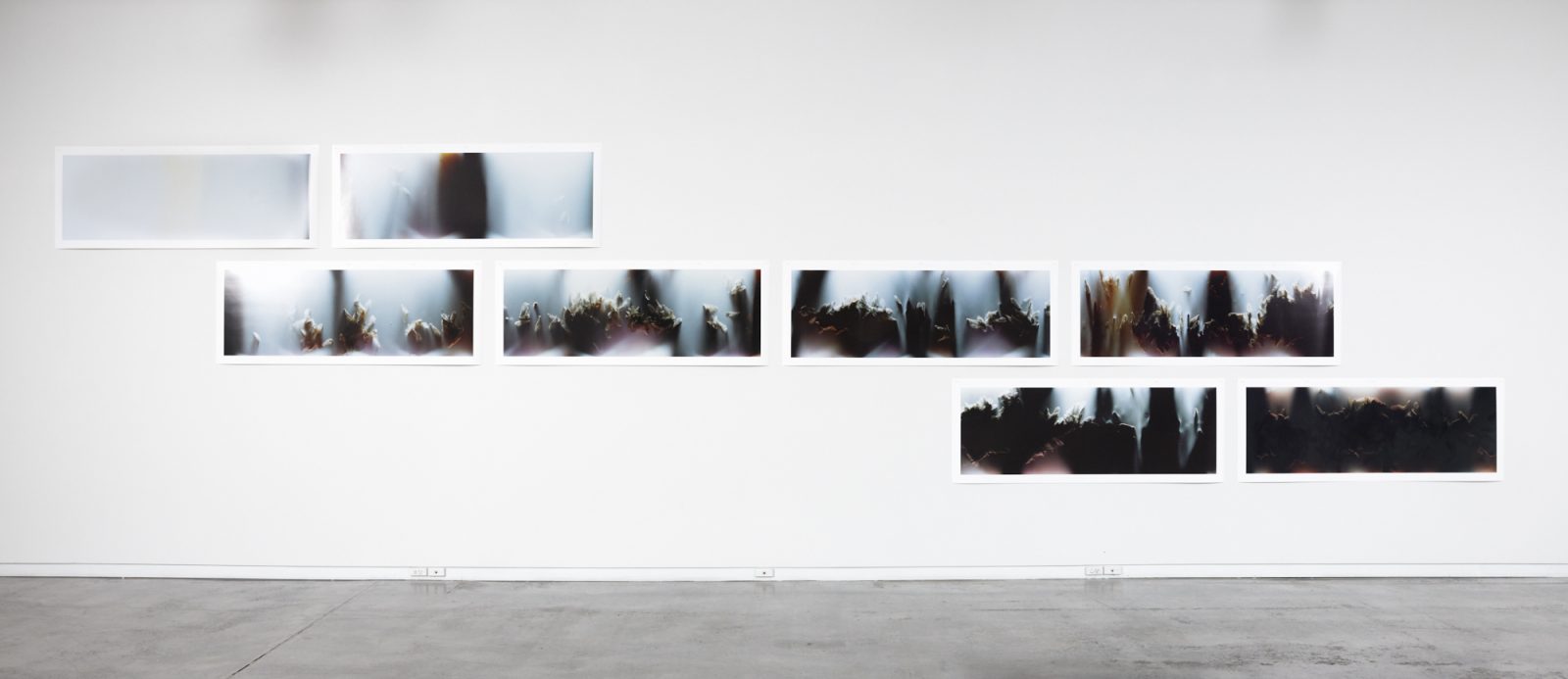

Canson Baryta Paper
3200 x 1115 mm
Edition of 10
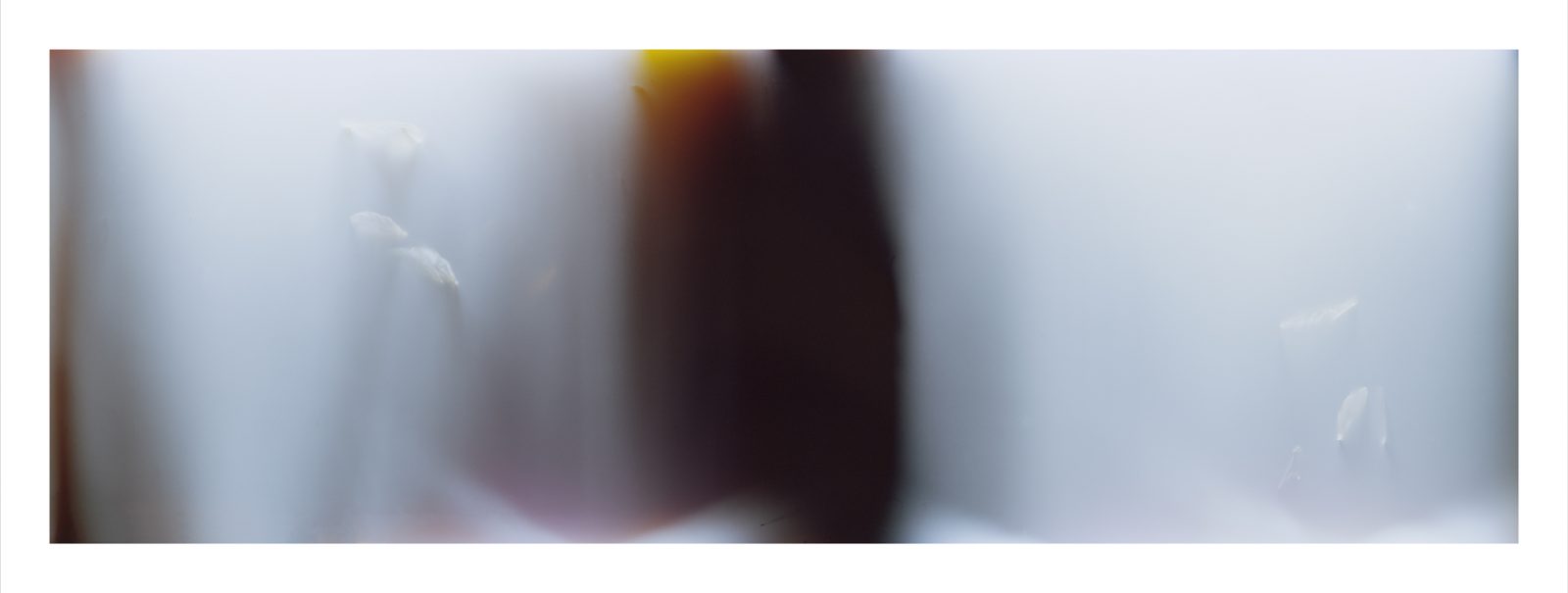
Canson Baryta Paper
3200 x 1115 mm
Edition of 10
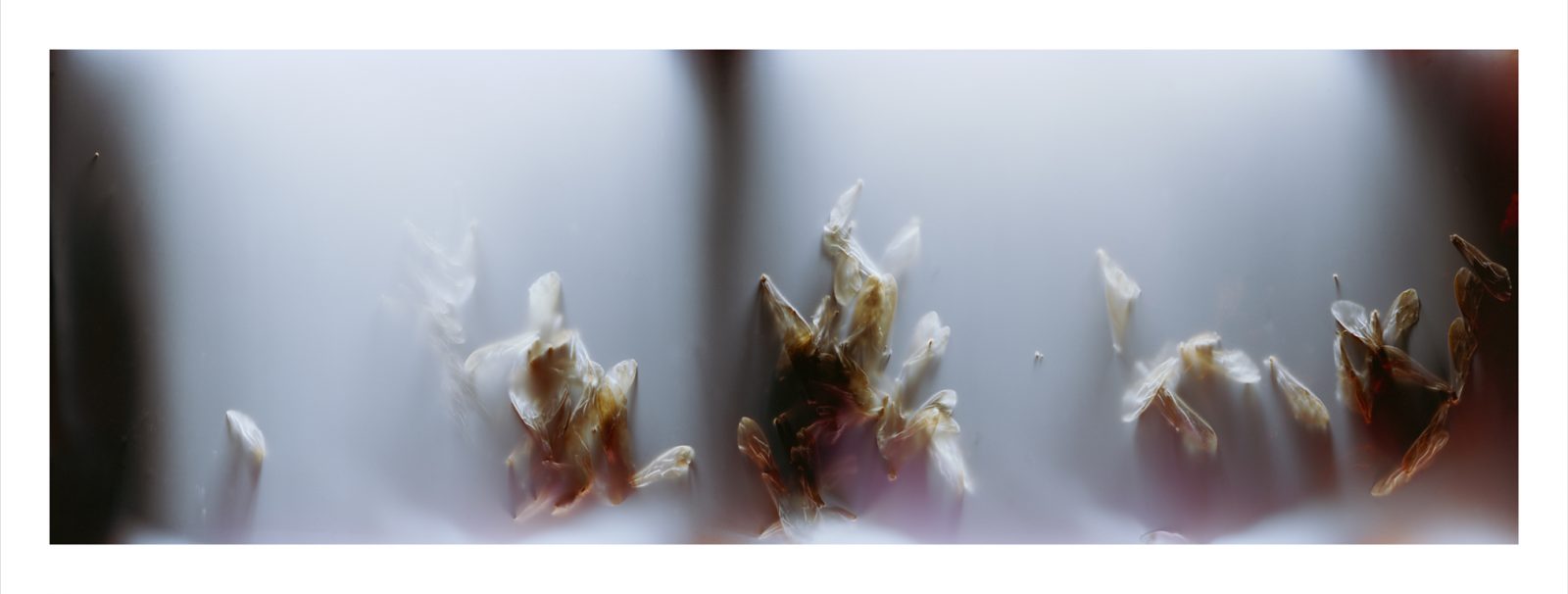
Canson Baryta Paper
3200 x 1115 mm
Edition of 10
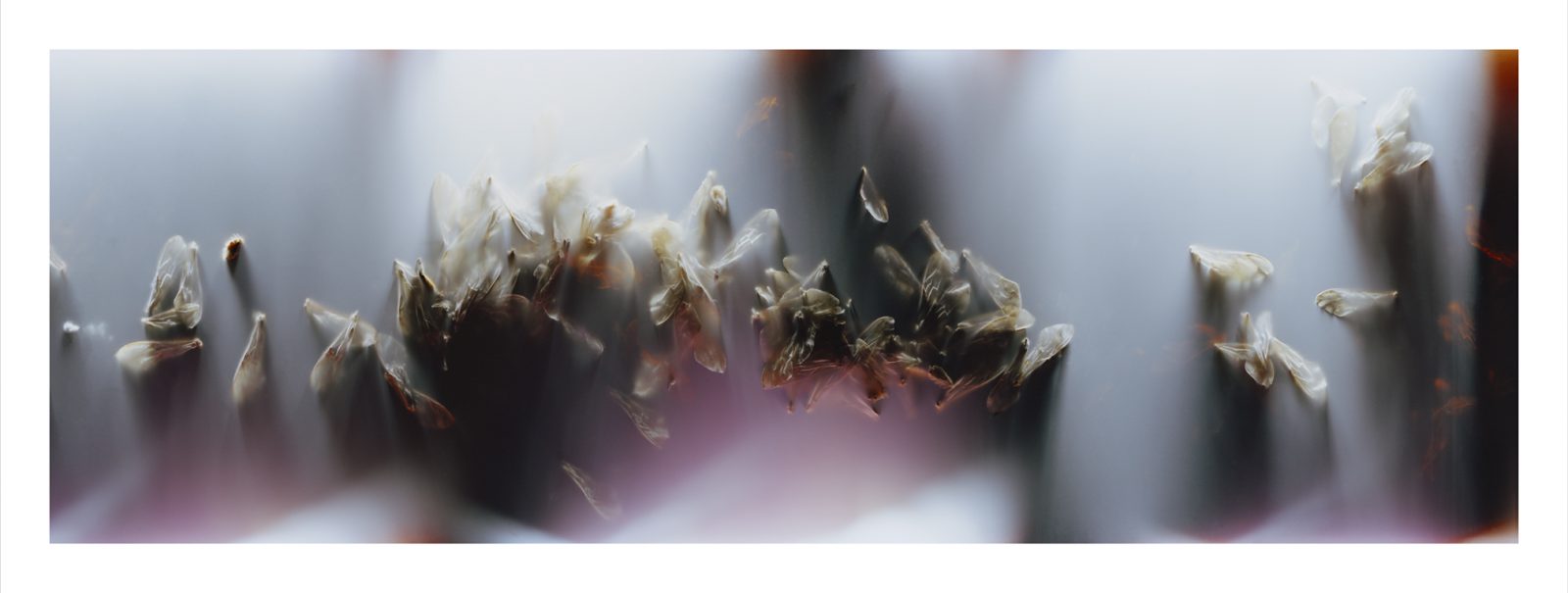
Canson Baryta Paper
3200 x 1115 mm
Edition of 10
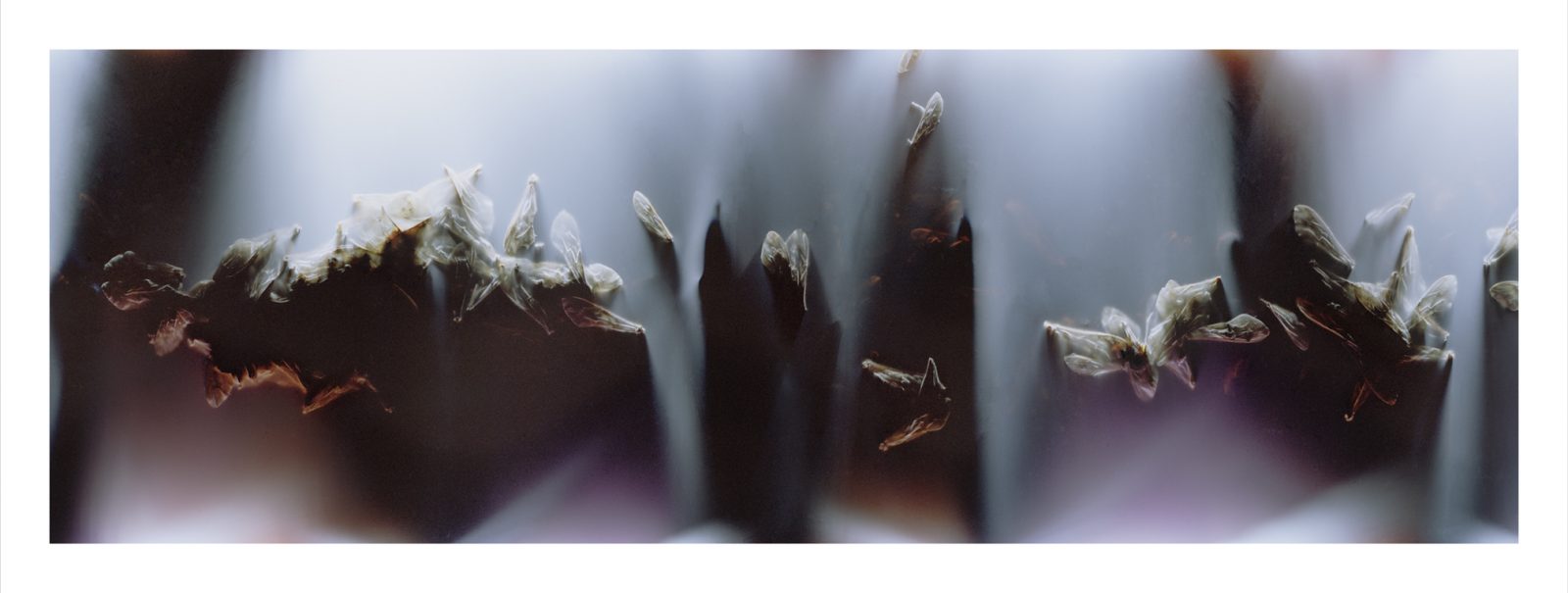
Canson Baryta Paper
3200 x 1115 mm
Edition of 10
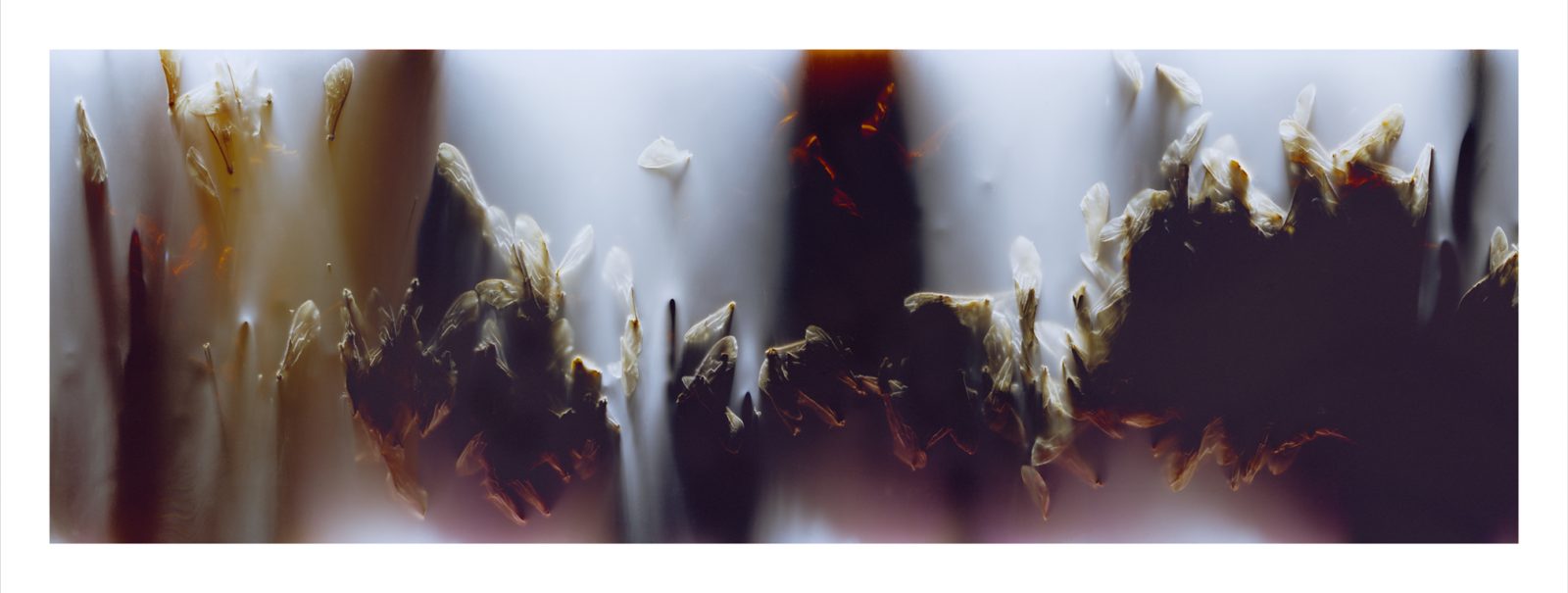
Canson Baryta Paper
3200 x 1115 mm
Edition of 10
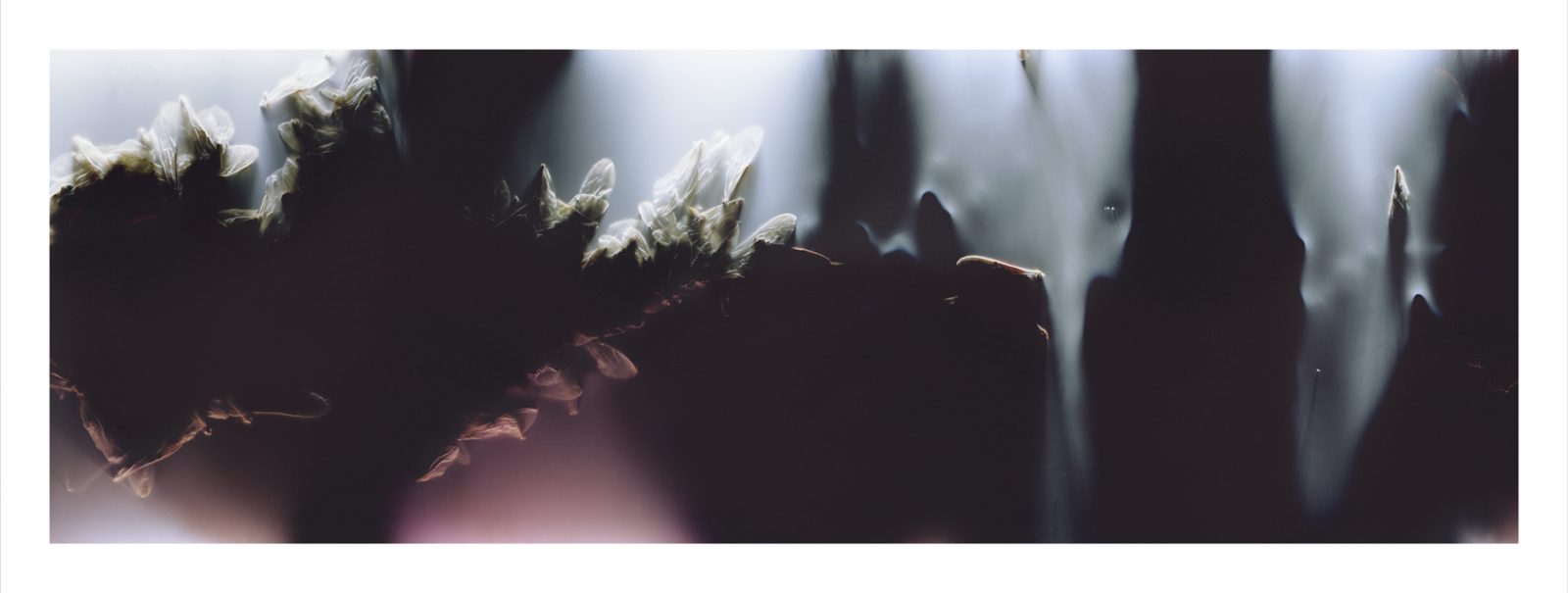
Canson Baryta Paper
3200 x 1115 mm
Edition of 10
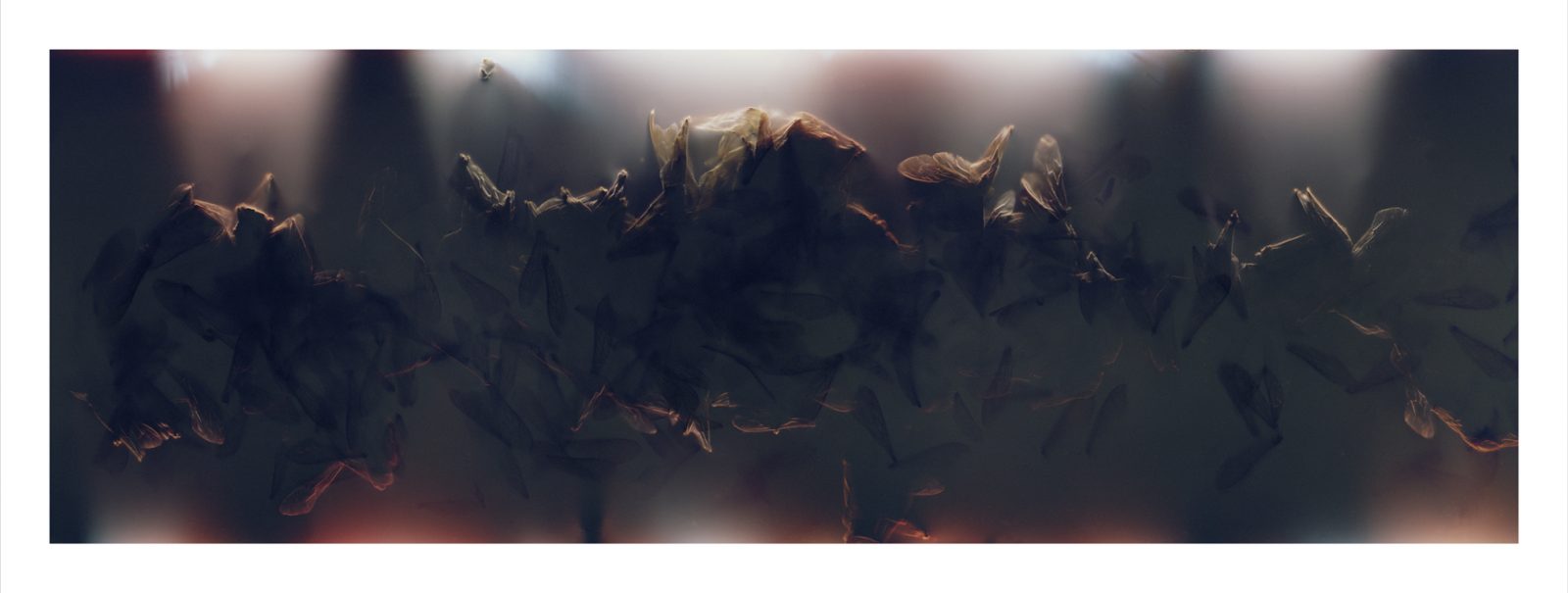
Canson Baryta Paper
3200 x 1115 mm
Edition of 10